The 12 least touristy parts of France for a peaceful visit this summer
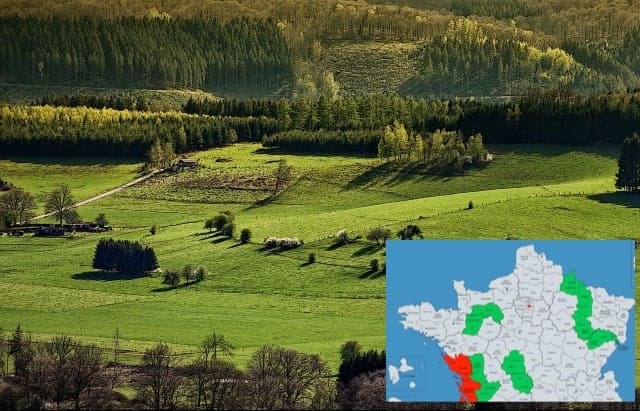
As France reopens to both staycations and international tourism, many people will be wanting to avoid the crowds that flock to famous attractions like the Eiffel Tower. Here are the 12 least visited (but nonetheless beautiful) areas of France.
With social distancing rules still in place, holidays destinations that are far from the madding crowd have shot up most people's search lists.
France was the most visited country in the world, but tourists tend to concentrate in a few areas - on the banks of the Seine and along the Côte d'Azur mainly - leaving large parts of the country relatively unvisited.
Central France, in particular, is largely forgotten even by a lot of French people, but it has stunning scenery and much else to offer.
Based on figures from French National Statistics Body INSEE's 2017 breakdown of overnight stays per département, here are the 12 least touristy parts of France.
The map below shows the least touristy départments coloured green, whilst those in red are the seven départments that welcome the most tourists in France. All apart from Paris are on the coast.
Click here to zoom into map or download a high-quality version.
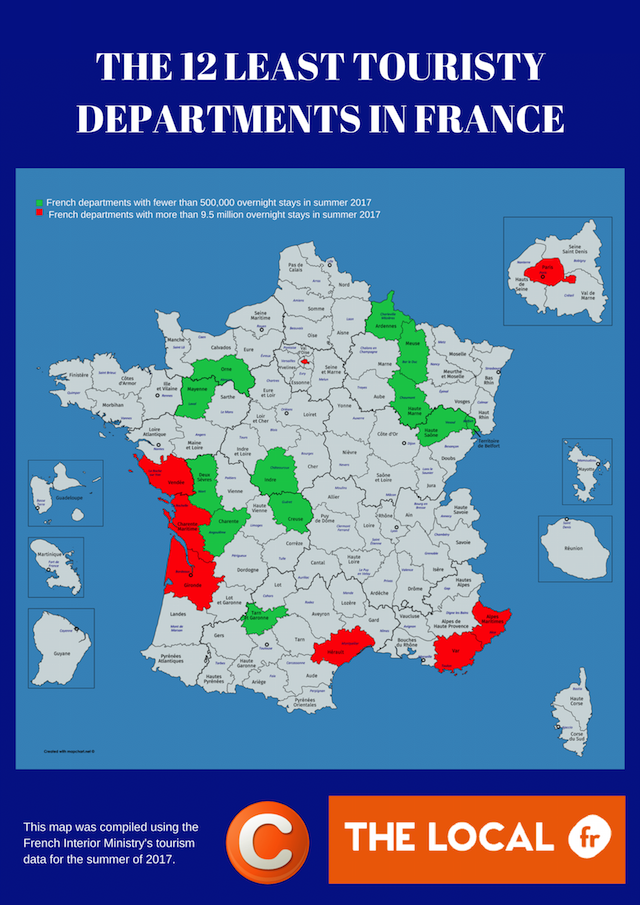
Creuse, central France
This sparsely populated rural part of France has consistently had the lowest number of tourists of any department in l’Héxagone, but that doesn’t mean there’s nothing to see or do.
It's wild and largely unpopulated landscapes are perfect for hikers, cyclists and wildlife enthusiasts while the rich gâteau Creusois is well worth a try.
And if you've ever wanted to hang out with wolves, why not try the Wolves of Chabrieres experience, where you can see wolves in their (almost) natural habitat. It's the top rated thing to do in Creuse on TripAdvisor, and the reviewers love it.
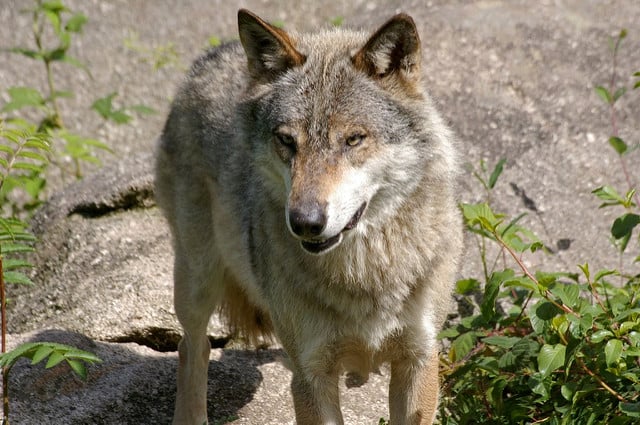
Photo: Daniel Jolivet/Flickr
Territoire-de-Belfort, eastern France
The quietest part of the Burgundy-Franche-Comté region has a small population and very few visitors.
It’s about a three-and-a-half hour drive north of Lyon and two hours from Strasbourg.
If you do go, be sure not to miss the Lac de Malsaucy (below), where nature lovers can enjoy watersports, footpaths and mountain biking, or relax on the lake's beach.
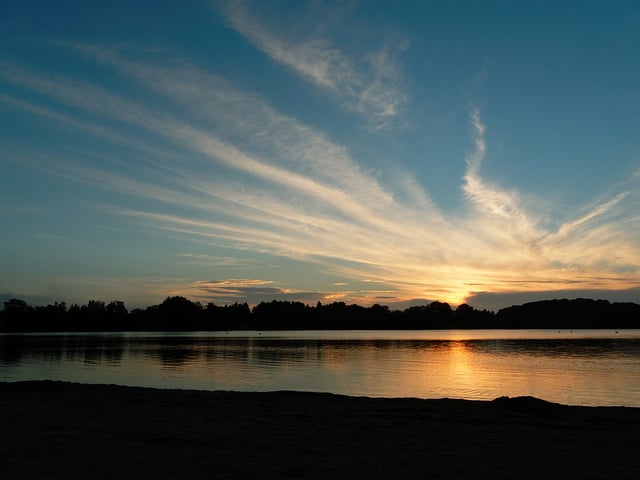
Photo: Thomas Bresson/Flickr
Haute-Saône, eastern France
Territoire de Belfort’s neighbour to the west is another perfect escape to the French countryside.
While you’re there visit beautiful medieval Pesmes (see below), voted France’s favourite village in 2016.
 (Photo: Les Plus Beaux Village de France)
(Photo: Les Plus Beaux Village de France)
Meuse, eastern France
This department that gets its name from the river that runs through it.
Meuse has no big cities but plenty of history, offering a perfect balance of countryside and culture.
Local history groups run regular reenactments of the Battle of Verdun, the longest battle of World War I which took place in the woods and hills around Verdun. Or just visit the impressive memorial and museum.
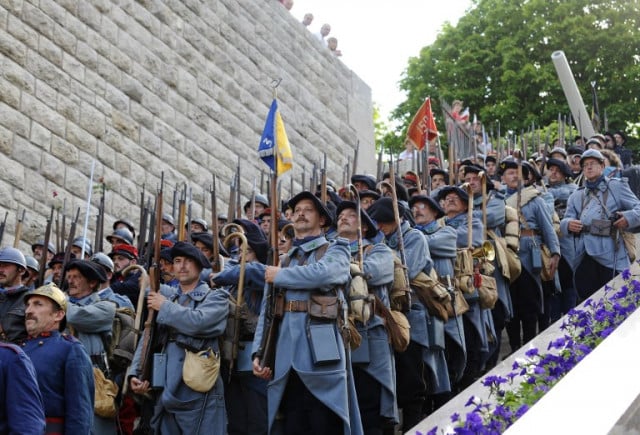
Photo: AFP
Mayenne, north western France
Just three hours from Paris by car, this peaceful départment has two of France’s regional natural parks a short drive away: Normandie-Maine and the Perche.
So if you want to leave the capital but don’t fancy heading to the busy beaches of the south, this is a great alternative for nature lovers.
Tripadvisor ranks the Musee Robert Tatin at La Maison des Champs and the historic town of Lassay les Chateaux (see pic below) as two of the top attractions in the area.
 Photo: Olibach/Flickr
Photo: Olibach/Flickr
Ardennes, north eastern France
Overlooked by tourists all year round, this wooded region bordering Belgium is a peaceful backwater less than three hours' drive from Paris.
It’s a great choice for lovers of the great outdoors, drawing in kayakers, climbers, hikers, horse-riders and mountain bikers to its national park.
The fortified village of Rocroi - which is built in a star-shape and comes with a bloody history of wars through the centuries - is a must for history buffs.
Best-known for its paté, the region specialises in beautiful hams and sausages as well as several good cheeses, while its proximity to Belgium means are guaranteed a good selection of beers.
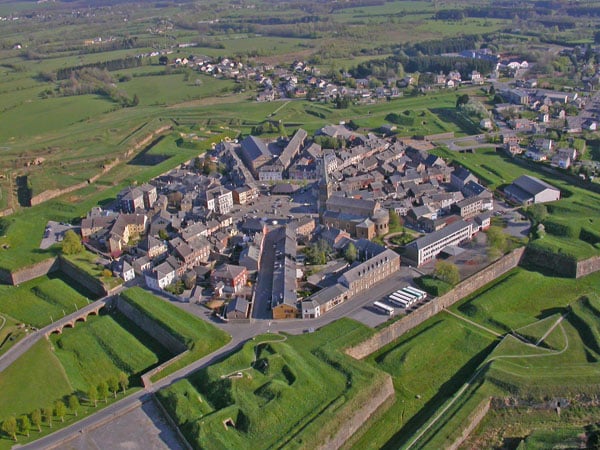
Orne, northern France
Tourists in Normandy flock to the region’s beaches in summer, leaving the inland department of Orne to be just as sleepy as it is all year round.
The natural regional parks of the Perche and Normandie-Maine are located in the southern half of the Orne department and are well worth a visit.
But holidaymakers in this department are in for a gastronomic treat, as Orne is home to the village of Camembert, where the famously creamy French cheese is from.
If you’re passing through, make sure to pay a visit to Camembert’s Cheese museum, which is literally built in the shape of a Camembert cheese (and did you know that a pie chart in French is known as a camembert?) Obviously, each visit must end with tasting a few dozen samples.
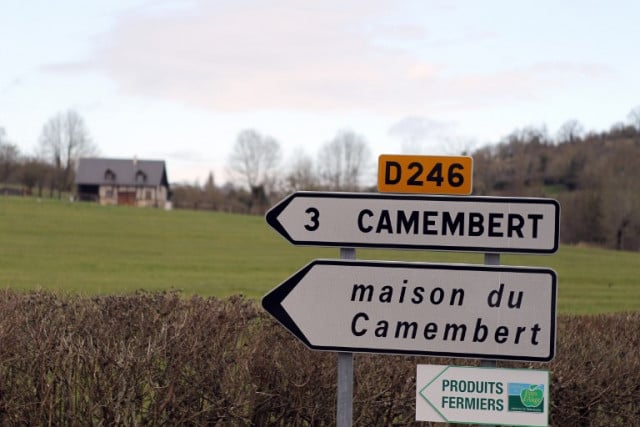 Photo: AFP
Photo: AFP
Tarn-et-Garonne, south western France
It might not be on most travellers’ routes but this small department offers unspoilt nature, a rich cultural heritage and interesting history.
The capital Montauban (pic below) is definitely worth a visit and it's near to the very buzzy city of Toulouse if you fancy a night out.
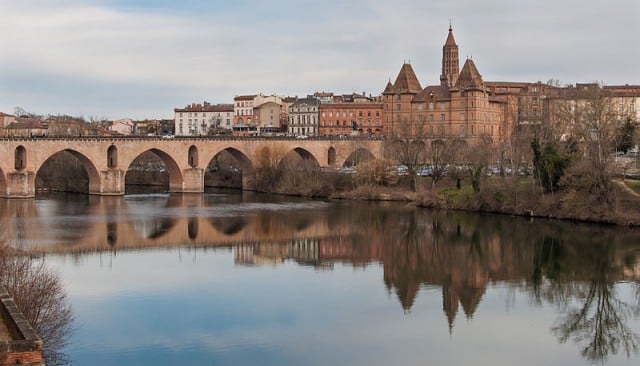 Photo: BastienM/WikiCommons
Photo: BastienM/WikiCommons
Also worth checking out are the villages of Auvillar, Lauzerte and Bruniquel (famed for its saffron production), considered to be some of France’s most beautiful.
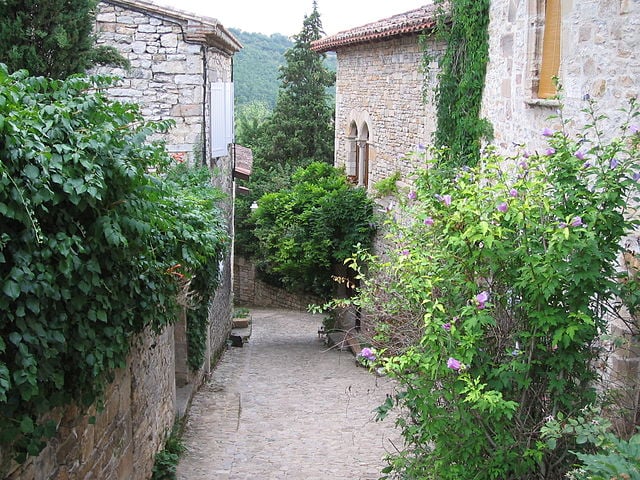
Bruniquel. Photo: Jules78120/Wikicommons
Indre, central France
Slap bang in the middle of France lies Indre, another hidden gem that most tourists overlook.
Châteauroux, the capital of the department, is a historical town and two of the department’s villages -Saint-Benoît-du-Sault and Gargilesse-Dampierre (below) – were also voted two of France’s most picturesque.

Also worth visiting is the museum and former home in Nohant of writer George Sand (whose real name was Amantine-Lucile-Aurore Dupin - yes, George Sand was a woman).
Her charming home and breathtaking gardens might make you want to pick up a pen and write a book of your own.
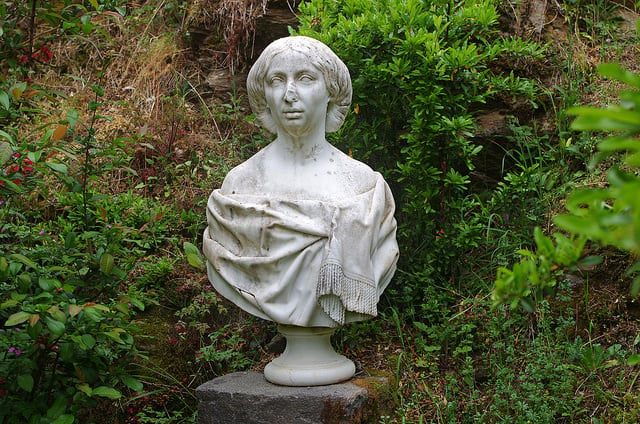
Photos: Daniel Jolivet/Flickr
Haute-Marne, north eastern France
Medieval abbeys, stately homes, modern art museums: Haute-Marne is overflowing with culture for a department with very few visitors and less than 185,000 residents.
Haute-Marne is a three hour drive from both Paris and Lyon.
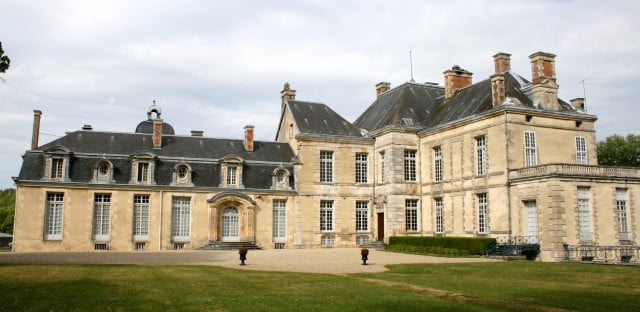
Château of Cirey-sur-Blaise. Photo: Wikicommons
If you do visit, you can also go to former French president Charles de Gaulle's old private residence in Colombey-les-Deux-Églises, then head to his humble grave in a nearby cemetery.
Charente, western France
The neighbouring coastal département of Charente-Maritime draws in the tourists in summer, but Charente remains charmingly quiet by comparison.
This is a nice, short trip for anyone based in neighbouring Dordogne or Bordeaux who fancies a “cultural tipple” over the border, as both cognac and pineau are from this part of western France. Start off with the Remy Martin tour in Cognac. Maybe best to take a taxi back to the hotel.
For graphic novel enthusiasts, Angoulême hosts France's national comic museum while dinosaur fans might want to see the finds from the Angeac-Charente site - one of the largest such sites in Europe where 7,500 dinosaur bones have been found.
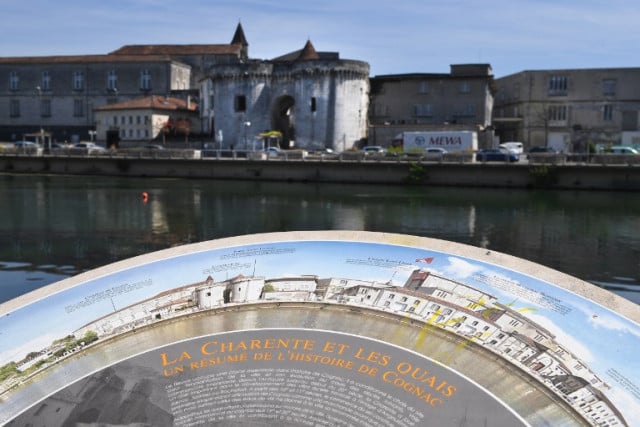 (Cognac. AFP)
(Cognac. AFP)
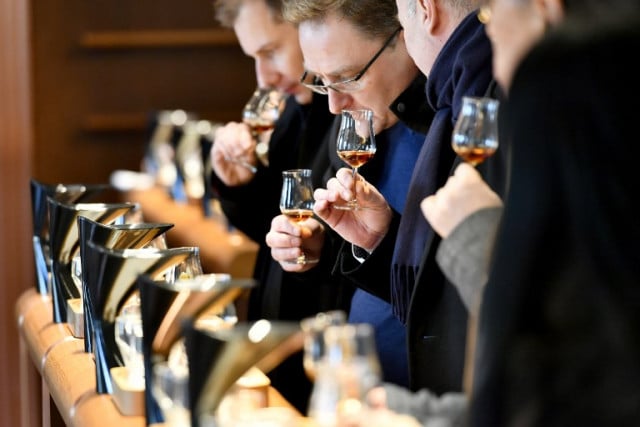
Hennessy's tasting room in Cognac. Photo: AFP
Deux-Sèvres, western France
Avid fishermen will find plenty of peace and quiet along the banks of the two rivers that give this largely wooded department its name.
There are also several castles worth visiting in the picture-perfect capital Niort and in the ancient fortified town of Parthenay (see below).
But one of the most popular activities in Deux-Sevres are the Mines Argent des Rois France - the Silver mines at Melle, which were at one time the home of the French mint and the oldest silver mines in Europe.
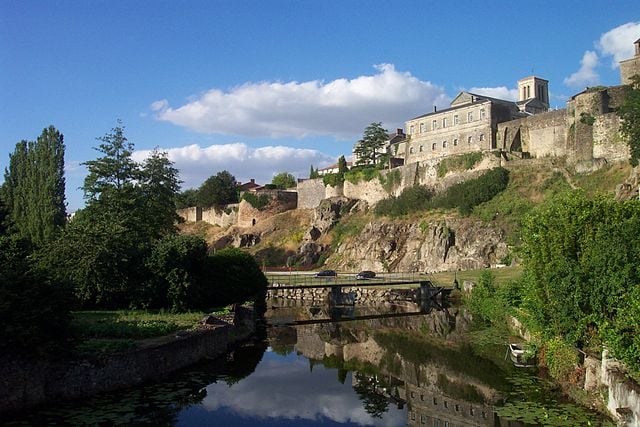
Parthenay. Photo: Wikicommons
Comments (6)
See Also
The map below shows the least touristy départments coloured green, whilst those in red are the seven départments that welcome the most tourists in France. All apart from Paris are on the coast.
Click here to zoom into map or download a high-quality version.

Creuse, central France
This sparsely populated rural part of France has consistently had the lowest number of tourists of any department in l’Héxagone, but that doesn’t mean there’s nothing to see or do.
It's wild and largely unpopulated landscapes are perfect for hikers, cyclists and wildlife enthusiasts while the rich gâteau Creusois is well worth a try.
And if you've ever wanted to hang out with wolves, why not try the Wolves of Chabrieres experience, where you can see wolves in their (almost) natural habitat. It's the top rated thing to do in Creuse on TripAdvisor, and the reviewers love it.

Photo: Daniel Jolivet/Flickr
Territoire-de-Belfort, eastern France
The quietest part of the Burgundy-Franche-Comté region has a small population and very few visitors.
It’s about a three-and-a-half hour drive north of Lyon and two hours from Strasbourg.
If you do go, be sure not to miss the Lac de Malsaucy (below), where nature lovers can enjoy watersports, footpaths and mountain biking, or relax on the lake's beach.

Photo: Thomas Bresson/Flickr
Haute-Saône, eastern France
Territoire de Belfort’s neighbour to the west is another perfect escape to the French countryside.
While you’re there visit beautiful medieval Pesmes (see below), voted France’s favourite village in 2016.
 (Photo: Les Plus Beaux Village de France)
(Photo: Les Plus Beaux Village de France)
Meuse, eastern France
This department that gets its name from the river that runs through it.
Meuse has no big cities but plenty of history, offering a perfect balance of countryside and culture.
Local history groups run regular reenactments of the Battle of Verdun, the longest battle of World War I which took place in the woods and hills around Verdun. Or just visit the impressive memorial and museum.

Photo: AFP
Mayenne, north western France
Just three hours from Paris by car, this peaceful départment has two of France’s regional natural parks a short drive away: Normandie-Maine and the Perche.
So if you want to leave the capital but don’t fancy heading to the busy beaches of the south, this is a great alternative for nature lovers.
Tripadvisor ranks the Musee Robert Tatin at La Maison des Champs and the historic town of Lassay les Chateaux (see pic below) as two of the top attractions in the area.
 Photo: Olibach/Flickr
Photo: Olibach/Flickr
Ardennes, north eastern France
Overlooked by tourists all year round, this wooded region bordering Belgium is a peaceful backwater less than three hours' drive from Paris.
It’s a great choice for lovers of the great outdoors, drawing in kayakers, climbers, hikers, horse-riders and mountain bikers to its national park.
The fortified village of Rocroi - which is built in a star-shape and comes with a bloody history of wars through the centuries - is a must for history buffs.
Best-known for its paté, the region specialises in beautiful hams and sausages as well as several good cheeses, while its proximity to Belgium means are guaranteed a good selection of beers.

Orne, northern France
Tourists in Normandy flock to the region’s beaches in summer, leaving the inland department of Orne to be just as sleepy as it is all year round.
The natural regional parks of the Perche and Normandie-Maine are located in the southern half of the Orne department and are well worth a visit.
But holidaymakers in this department are in for a gastronomic treat, as Orne is home to the village of Camembert, where the famously creamy French cheese is from.
If you’re passing through, make sure to pay a visit to Camembert’s Cheese museum, which is literally built in the shape of a Camembert cheese (and did you know that a pie chart in French is known as a camembert?) Obviously, each visit must end with tasting a few dozen samples.
 Photo: AFP
Photo: AFP
Tarn-et-Garonne, south western France
It might not be on most travellers’ routes but this small department offers unspoilt nature, a rich cultural heritage and interesting history.
The capital Montauban (pic below) is definitely worth a visit and it's near to the very buzzy city of Toulouse if you fancy a night out.
 Photo: BastienM/WikiCommons
Photo: BastienM/WikiCommons
Also worth checking out are the villages of Auvillar, Lauzerte and Bruniquel (famed for its saffron production), considered to be some of France’s most beautiful.

Bruniquel. Photo: Jules78120/Wikicommons
Indre, central France
Slap bang in the middle of France lies Indre, another hidden gem that most tourists overlook.
Châteauroux, the capital of the department, is a historical town and two of the department’s villages -Saint-Benoît-du-Sault and Gargilesse-Dampierre (below) – were also voted two of France’s most picturesque.

Also worth visiting is the museum and former home in Nohant of writer George Sand (whose real name was Amantine-Lucile-Aurore Dupin - yes, George Sand was a woman).
Her charming home and breathtaking gardens might make you want to pick up a pen and write a book of your own.

Photos: Daniel Jolivet/Flickr
Haute-Marne, north eastern France
Medieval abbeys, stately homes, modern art museums: Haute-Marne is overflowing with culture for a department with very few visitors and less than 185,000 residents.
Haute-Marne is a three hour drive from both Paris and Lyon.

Château of Cirey-sur-Blaise. Photo: Wikicommons
If you do visit, you can also go to former French president Charles de Gaulle's old private residence in Colombey-les-Deux-Églises, then head to his humble grave in a nearby cemetery.
Charente, western France
The neighbouring coastal département of Charente-Maritime draws in the tourists in summer, but Charente remains charmingly quiet by comparison.
This is a nice, short trip for anyone based in neighbouring Dordogne or Bordeaux who fancies a “cultural tipple” over the border, as both cognac and pineau are from this part of western France. Start off with the Remy Martin tour in Cognac. Maybe best to take a taxi back to the hotel.
For graphic novel enthusiasts, Angoulême hosts France's national comic museum while dinosaur fans might want to see the finds from the Angeac-Charente site - one of the largest such sites in Europe where 7,500 dinosaur bones have been found.
 (Cognac. AFP)
(Cognac. AFP)

Hennessy's tasting room in Cognac. Photo: AFP
Deux-Sèvres, western France
Avid fishermen will find plenty of peace and quiet along the banks of the two rivers that give this largely wooded department its name.
There are also several castles worth visiting in the picture-perfect capital Niort and in the ancient fortified town of Parthenay (see below).
But one of the most popular activities in Deux-Sevres are the Mines Argent des Rois France - the Silver mines at Melle, which were at one time the home of the French mint and the oldest silver mines in Europe.

Parthenay. Photo: Wikicommons
Join the conversation in our comments section below. Share your own views and experience and if you have a question or suggestion for our journalists then email us at [email protected].
Please keep comments civil, constructive and on topic – and make sure to read our terms of use before getting involved.
Please log in here to leave a comment.